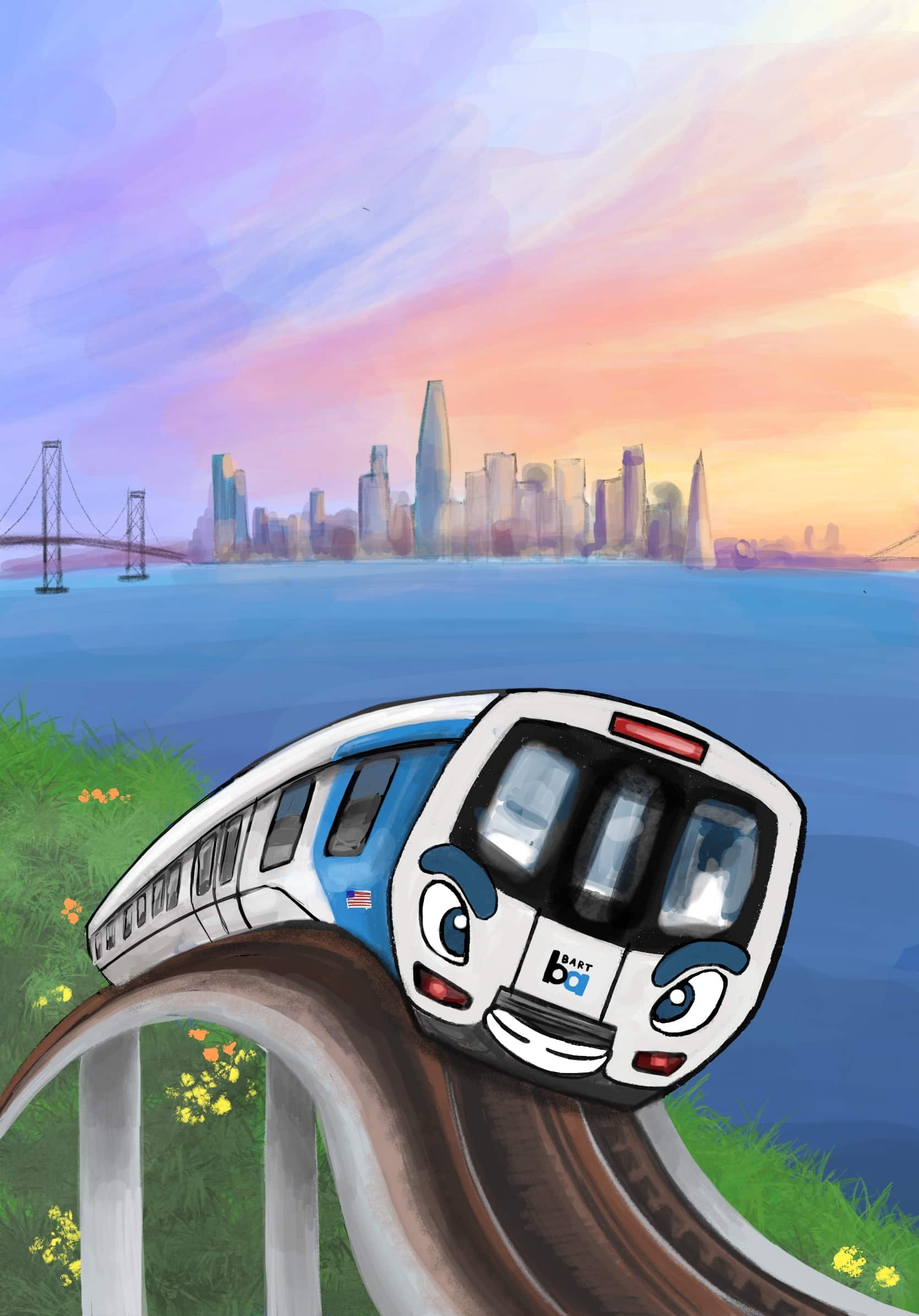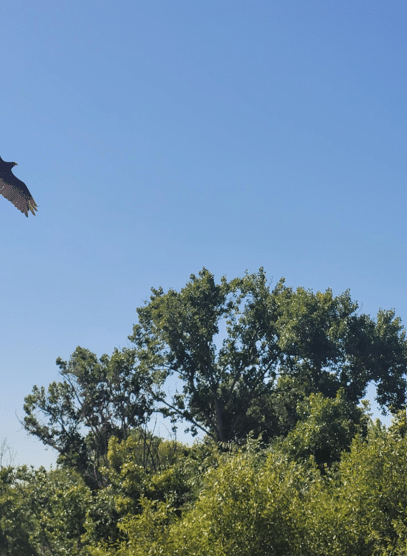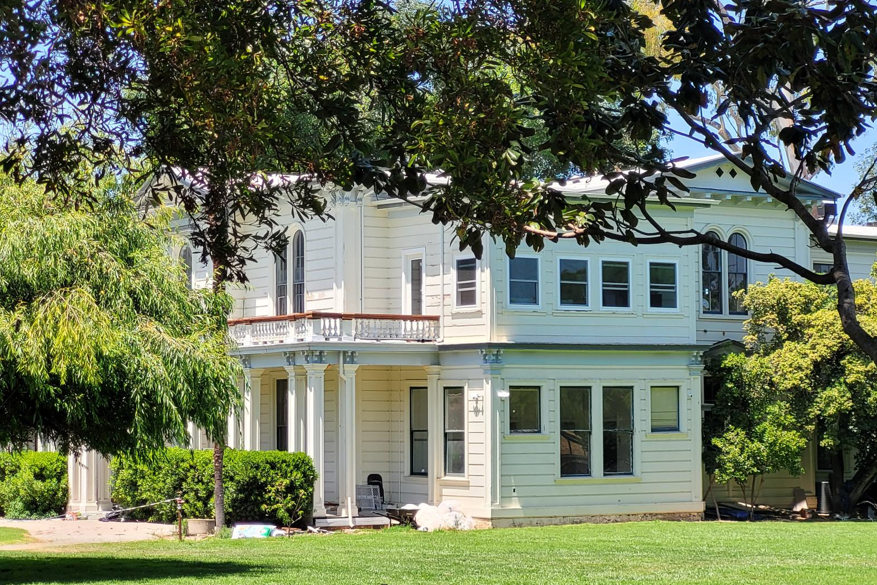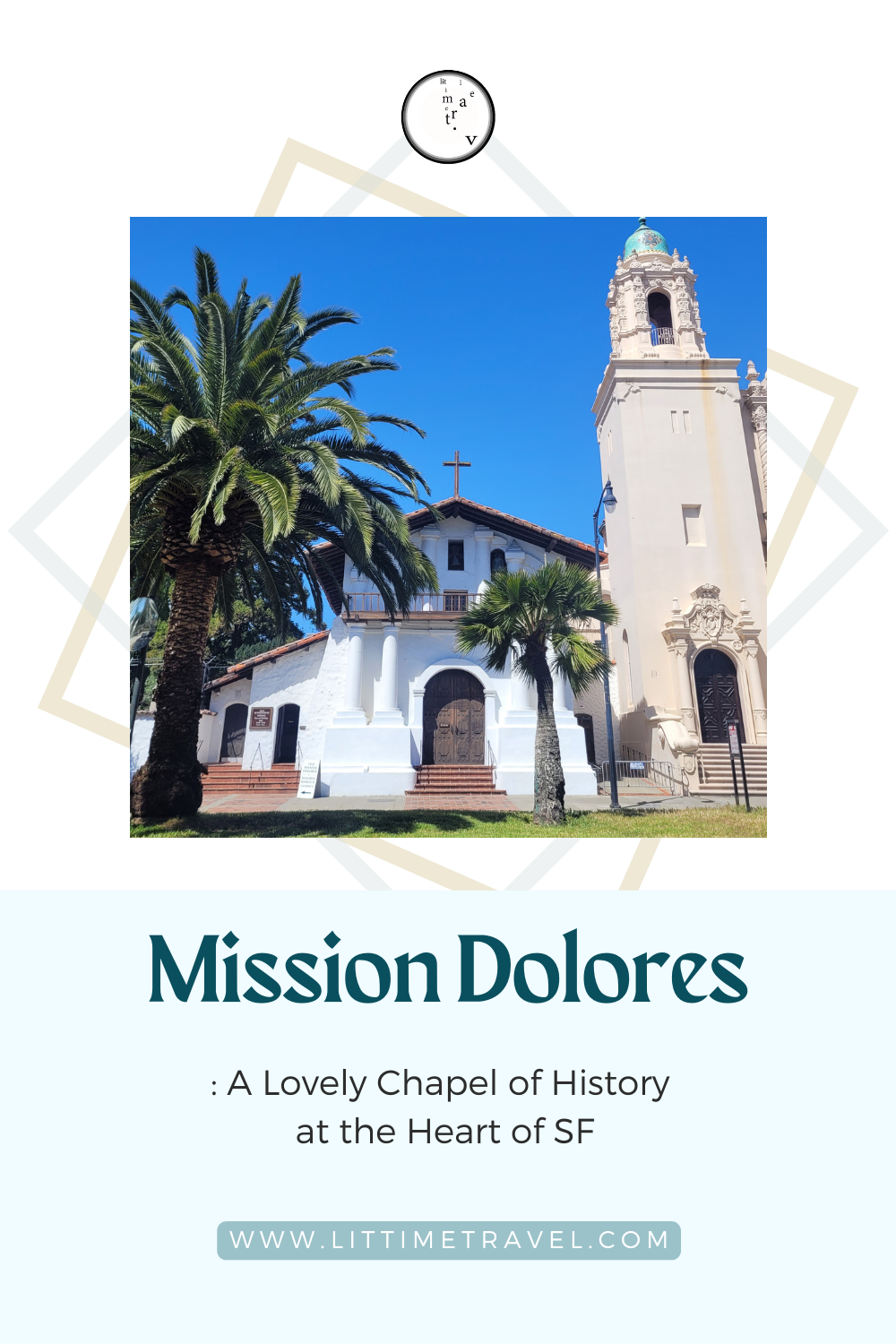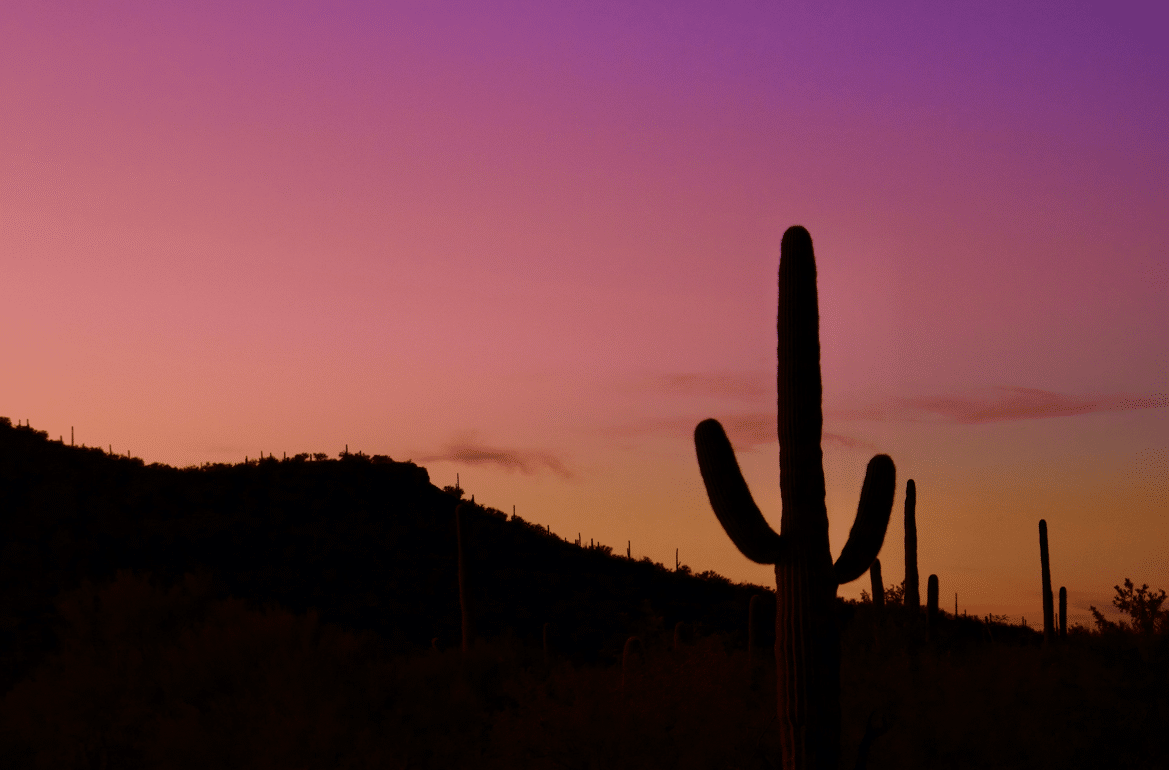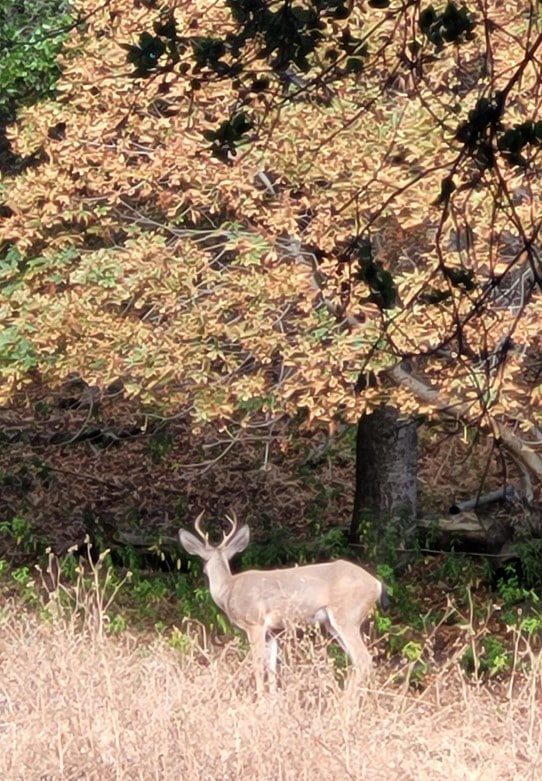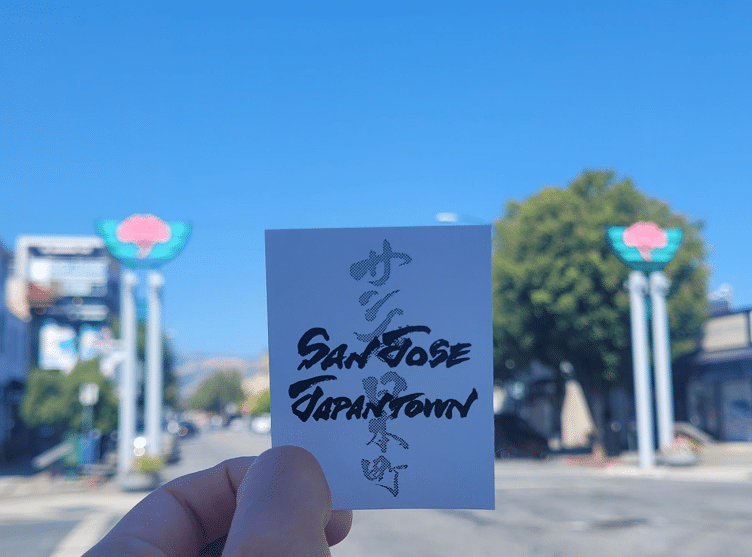
San Jose’s Japantown
When “Japantown” is mentioned, I think most people immediately think of the one in San Francisco. Well, at least that’s how Google seems to think according to search results. And honestly, that’s how I thought. But there’s actually another Japantown in the Bay Area, one in San Jose. Albeit smaller, it’s a town of Japanese American history, with its oldest store dating back to the 1920s. For those who aren’t familiar with San Jose Japantown, here’s a full review of the little hub of history, great sweets, and more!

The Beginning

Also known as “Nihonmachi” or “J Town,” San Jose Japantown sits just north of Downtown San Jose. It’s one of the last remaining historical Japantowns in the U.S. (the other two being SF’s Japantown and LA’s Little Tokyo). Its origins go back to the 1890s when the first-generation Japanese (“Issei”) single men immigrated to the Santa Clara Valley for farm and labor work. When these men first arrived, they found refuge in San Jose Chinatown (aka “Heinlenville”) that was already established nearby in 1887.
It was only years later in the early 1900s that the Nihonmachi was established, providing boarding houses, bathhouses and more for single migrant workers.

Arrival of Japanese Women
But after the Gentlemen’s Agreement of 1907 limited immigrant male workers from Japan but allowed family immigration of Japanese residents in the U.S., more Japanese women began to arrive. Many came as picture brides, and second-generation Japanese children (“Nisei”) were born, changing the landscape of the town to be more family-oriented.

Chinatown & Pinoytown
While San Jose Japantown was growing, its neighbor Chinatown faced its demise. Due to the anti-Chinese immigration laws and the Great Depression of the 30s, Chinatown became bankrupt and was destroyed when the City of San Jose seized the land and razed it to the ground.



As such, Japantown became the major Asian town center for the next wave of immigrants, the Filipinos, as San Jose Chinatown had once been for the first Japanese immigrants. And just as Japantown was formed near Chinatown, Pinoytown was formed near both ethnic towns.


From a Ghost Town to a Historical Site
But after the Imperial Japanese Navy’s infamous bombing of Pearl Harbor, all Japanese residents, including Japanese American citizens, were forced to leave their homes. About 120,000 Nikkei (people of Japanese descent) were evicted and sent to internment camps from 1942 to 1945. During this time, San Jose Japantown became a ghost town with most buildings empty.

After World War II, when everyone was allowed to return home to the West Coast, many had to begin their lives all over again after losing their lands, properties, and everything they had worked for. Through the resilience of the Japanese Americans, San Jose Japantown became, once again, the Asian town center it once was, where three generations of Japanese Americans preserved their culture and history. The town has seen ups and downs through the decades: thriving during the 50s and 60s, declining in the 70s with the passing of the Isseis, and once again seeing revivals led by the politically active third-generation Japanese Americans (“Sansei”).

San Jose Japantown Today
Today, San Jose Japantown stands strong with a history of over a hundred years. As mentioned in the beginning, it truly is a hub of history and is well-maintained so, with historical plaques and markers explaining its story through the decades since the late 1800s.
You can find these signages throughout Japantown that explain the town’s history during various decades.



And there are commemorative plaques and sculptures, like this rock sculpture erected in honor of the “Issei Pioneers”:


Not to mention this ingenious “historical landmarks of San Jose’s Japantown” QR project by a girl scout troop! When you scan the QR code on certain benches in J Town, you can learn more about the history behind each location.


Japanese American Museum of San Jose

But if you, like me, are not satisfied with historical signages and markers, then I highly recommend visiting the Japanese American Museum of San Jose (JAMsj).


It was such a well-maintained museum detailing the history of Japanese Americans:


Through historical photographs, artifacts, replicas, and more, you can see how they first arrived in the Bay and grew a community and town in their new homeland through hard work.


Hardships & Injustice
The museum also shows the devastating effects Imperial Japan’s attack on the United States during World War II had on these hardworking Japanese American residents and citizens and the ensuing injustice they faced when the U.S. government failed to see and treat them as citizens and forced them into internment camps.


Resilience
What was inspiring was just how these Japanese American residents and citizens, despite the devastation, hardship, and injustice they faced, never gave up. They never stopped working hard for their survival, for their loved ones, and for their honor. Just looking at the paintings and artworks drawn by those trapped at the internment camps and seeing their woodwork (handmade with extremely limited resources) was truly moving:





Simulation Room
Another memorable part of the museum was the Barrack, a simulation of a WWII American Barrack room at an internment camp. It was constructed by Jimi Yamaichi, carpenter, construction foreman at the Tule Lake camp, and co-founder of the Japanese American Museum of San Jose who was sent to the Tule Lake Segregation Center with his family. He lived an incredible life of persistence, of working for the community around him, and of educating others about the injustice he witnessed and lived through firsthand.
Stepping inside the replica truly brought history to life and helped me to tangibly see what the Japanese American families experienced.


Hard Work of Issei Farmers
There was also an outside garage-like area showing the history of the Issei farmers and their lives in the Santa Clara Valley. Here is a display of a typical pre-war and early post-war Japanese American farm house:

There were historical everyday items displayed, along with photos of Issei farmers:




And there were actual farm tools and machines used at the time:


And this Model-T Ford, too:

I learned from this exhibit area that many of the items were from Mr. Eiichi Sakauye, co-founder of the museum. He was a successful Japanese American farmer and businessman of the Santa Clara Valley who even invented farming machines and techniques!

This exhibit of the Japanese American Farm Experience allowed me a glimpse into the hard work and determination of the pioneering Japanese Americans, including Mr. Eiichi Sakauye.


Regiment 442

Another section of the museum exhibit that was eye-opening was the part on Regiment 442. The 442nd Regimental Combat Team was formed in 1943 and made up of mostly Nisei, second-generation Japanese Americans from both Hawaii and the mainland U.S. Fighting for the United States in Europe during World War II, the 442nd Infantry Regiment was “the most decorated unit for its size and length of service during the entire history of the U.S. military” (U.S. Army).

The Most Decorated Unit
As the official U.S. Army website explains, these Japanese American soldiers had to fight 2 battles – out in the warfront abroad and at home, where they weren’t treated or viewed as citizens. What’s incredible and heartbreaking at the same time is that these Japanese American soldiers fought while their families were detained at internment camps. Some Japanese Americans did refuse to get drafted and fight for a country that didn’t consider them citizens (understandably so!), but many chose to fight for the U.S., risking their lives to prove their allegiance to their country. I mean, the approximate 14,000 men fought so bravely that they “ultimately earn[ed] 9,486 Purple Hearts, 21 Medals of Honor and an unprecedented eight Presidential Unit Citations” (U.S. Army).


The Empire of Japan and its followers who were loyal to it until suicidal deaths were the ones responsible for the deaths of countless men, women, and children throughout Asia and for the deaths of American sailors, Marines, soldiers, and civilians at Pearl Harbor. It’s heartbreaking that the innocent, hardworking Japanese American citizens and residents were treated as enemies by the U.S. when they viewed their new home as their country. And all the more heartbreaking that the Japanese American men risked and sacrificed their lives to prove their innocence.


Nichi Bei Bussan (Unofficial Japanese American Museum & Historic Store)

There’s also an unofficial Japanese American museum inside a store called Nichi Bei Bussan. Its translation being “Japanese-American Mercantile,” Nichi Bei Bussan’s history goes back to 1902 when Mr. Shojiro Tatsuno founded its first store in SF’s Chinatown.

The store was at Gough Street, at the intersection of Post and Buchanan Streets as a department store until Mr. Tatsuno and the other Japanese American residents and citizens were forced to leave for the internment camps. After Mr. Tatsuno and his family were able to return to their homes in California, his son Masateru took over the reopened family business in San Francisco (until it closed in 1997, after 95 years) while his other son David (a Cal alumnus!) opened a second store in San Jose in 1947.

I so luckily ended up inside the 78-year-old store in San Jose and got to speak with the store’s owner, Arlene, who is Mr. David Tatsuno’s daughter. So, in addition to exploring traditional kimonos, various Japanese items from origami to tea ware and books, I got to speak with someone who was part of J Town’s story and of Japanese American history.
Portrait of a Family: The Tatsunos

Arlene’s family history was so fascinating that I think I stayed at the store for over an hour just listening. Her grandfather was the second son of a merchant family in Nagano, Japan. Since family businesses went down to the first-born sons (like how it was elsewhere throughout Asia and the West at the time (i.e. law of primogeniture)), he emigrated to San Francisco in 1893, arriving at Angel Island all by himself at the age of 21.

Arlene also showed me this book, Behind Barbed Wire, by Paul Kitagaki. He tracked down Japanese Americans in photographs taken by Dorothea Lange, Ansel Adams and other photographers and took photos of them or their surviving family members decades after the old photos were taken. It took him 10 years to compile this book of photos and interviews. As described in the blurb, his photos reveal “the strength and perseverance of the subjects [and their families].”

There were so many other stories Arlene shared with me about her grandfather, father, and brother that I cannot write them all here. If you are a Japanese American or someone who loves history, I highly recommend hearing them from Arlene yourself, especially about her brother Rod!

Sweets, Coffee, and More
San Jose Japantown has other places to visit aside from its official and unofficial history museums. Here are my top four spots:
1. Shuei-do Manju Shop

Manjus are traditional Japanese sweets. Its origins can be traced back to when Japanese Buddhist monks/envoys brought over the Chinese mantou or “steamed buns” during the Kamakura period (1185-1333). The mantou evolved to suit Japanese tastes and became the distinct, sweet manju as it’s known and enjoyed today.

Shuei-do Manju Shop has been making their manjus since 1953. They’re so good that they were specifically requested for Emperor Akihito and Empress Michiko of Japan in 1994 when they visited the U.S.



Everyone I know have approved of Shuei-do Manju’s high quality. ⚠️But here are a few things to be aware of:
- They have irregular hours, only open from Thursdays to Sundays, from 10AM to 4PM.
- The butter mochi is only available on Fridays, Saturdays, and Sundays.
- I think some items are seasonal, as they were always unavailable when I visited this summer (i.e. kuri and peanut).
- If you want to try all the flavors or specific flavors, you need to come early (i.e. right when it opens) as items get sold out throughout the day. Here’s the menu board one day in the afternoon:

The price for a 6 piece manju box (any manjus of your choice) was $15. I think it’s a reasonable price for one of the best manju shops.

9/30/2025 Update: If you want to get a taste of Shuei-do Manju but can’t make it all the way to San Jose, fear not! You can get them in San Francisco, too. Kissako Tea in SF Japantown sells Shuei-do manjus during the weekends, so you can get them while you try Kissako Tea’s onigiris and treats.



2. Roy’s Station Coffee & Tea

This Japantown coffeeshop has everything: coffee, tea, food, and history. It’s a family-owned cafe that once was a Mobil gas station called, “Bill & Doug’s Gas Station” that opened in 1938. It was then taken over and operated by Mr. Roy Murotsune for 50 years as Roy’s gas station after he returned from the internment camps.

Mr. Murotsune, his wife Esther, and their families were part of San Jose’s Japantown since the early orchards days. In 2009, their children and grandchildren transformed the old station into Roy’s Station Coffee & Teas, which has been bringing the J Town community together every morning ever since.


I kid not when I say this coffee shop has everything: they have merchandise, good wifi, and this retro coke machine that actually works! I simply had to try it out and I did:
It says online that the coffee shop opens at 8 AM every day, but the doors were open with customers ordering when I got there at 7:50 AM. Roy’s Station seemed like a community favorite, even approved by this stray cat named Panda. (I was told that this stray cat always comes by to chill. And yes, I was told “Panda” was his name!)

3. tōno coffee project

A little off the heart of Japantown is a recently built apartment called, “Exhibit at Jtown.” And on its first floor is “tōno coffee project,” which I have designated as one of the best matcha spots in the South Bay!
I chanced upon this place one day when I was having serious match cravings and I happened to be around the area. I have not yet tried their coffee (which, considering their name, I really should), but I can say with total confidence that the matcha latte at tōno is really good. If you are a matcha connoisseur, you may have at times encountered and not liked matcha latte that’s all milk and barely any matcha. Well, at tōno coffee, you can savor the thick and rich matcha flavor as it flows down your throat oh-so-smoothly.

tōno coffee project is open from Thursday to Sunday, from 9 AM to 5PM.
Within a short walking distance from tōno is this little resting area/park with cool wall arts.


4. Santo Market

“Serving San Jose since 1946,” Santo Market is a family-operated grocery store. Interestingly, you can’t go inside the actual market; you need to order from outside and pick up the grocery items/food/beverage at the counter when it’s ready:

I tried their tuna shoyu poke salad ($14). Though I can’t really compare it to poke in Hawaii as I’ve yet to visit, the tuna shoyu poke salad was good, especially the seasoning of the tuna shoyu:

The store is open from Tuesday to Saturday, from 9 a.m. to 3 p.m. But I highly recommend that you visit on a Tuesday or a Saturday when they have their scrumptious strawberry mochi!

The strawberry mochi (pack of 2) is an absolute delight: there’s juicy strawberry with sweet red bean paste inside a soft, chewy layer of pink mochi.

It’s so good that when I went the first time to Santo Market on a Tuesday morning around 10 AM, all the strawberry mochis had sold out! The cashier told me that people line up since 8 a.m. for the mochi and they sell out at around 9:15.
And sure enough, when I visited another Tuesday at 8:15 a.m., there was a line already. And by 9 AM (opening time), there was a long line:

One pack of “Fresh Strawberry Mochi” (consisting of 2 pieces) was $6. Despite waiting in line for about an hour before the store opened, a bite of it made it all worth it. 🍓
*Per their Instagram account, Santo Market seems to not have strawberry mochi on some Saturdays. Be sure to check their IG page before your visit!
Places To Buy Souvenirs
If you’re visiting J Town in San Jose and want to buy souvenirs (while supporting local businesses), I recommend the following spots:
1. Nichi Bei Bussan

The unofficial history museum/store mentioned earlier has a plethora of new and vintage consignment items full of Japanese culture and history.




I ended up splurging on these vintage items:


2. Kogura Co

Kogura Company is another historical store owned by a Japanese American family, passed down multiple generations. It was established by Mr. Kohei Kogura in 1928, so it’ll be turning 100 in 2028! According to its official website, it has been in its current location in 1934, and so, is “the oldest business to occupy its original location in any Japantown in the United States.”


Unlike Nichi Bei Bussan, I think none of the items at Kogura are consignment. And there were also more souvenir-like items on sale.

And this neat sushi-shark sculpture!

Per this flyer explaining the history behind “Sushi Shark,” San Jose held a city-wide art event in 2001 to celebrate the 10th anniversary of San Jose Sharks. Illustrator and artist Doug Wright was selected to build a 3-D sculpture for J Town, and so he designed and built the above Sushi Shark. Sushi Shark has even appeared in Olympic Torch Runs! Apparently, it’s permanent home is now Kogura Co.

There were these postcards of Sushi Shark for sale at Kogura, so I couldn’t resist getting some.


3. Empire Seven Studios

Next stop, we have Empire Seven Studios, an art gallery and gift shop next to Exhibit at Jtown and tōno coffee project. After getting your coffee/matcha latte from tōno, you can walk over to Empire Seven to view artworks by various artists and maybe even purchase their merch.
My personal favorites were these:



I got this San Jose Japantown sticker from Empire Seven Studios:

4. Japanese American Museum of San Jose

Of course, the Japanese American Museum of San Jose also had a small gift shop.

I ended up purchasing these two Hokusai postcards, as they reminded me of the Japanese American immigrant farmers.

Besides the four places shared above, there are so many other spots to buy souvenirs from. Shuei-do Manju Shop and Roy’s Station Coffee & Tea each have their own merchandise for sale. Plus, there are stores that sell ukuleles! (I think there are these ukulele stores and several poke spots (like Santo Market) in J Town because of the deep ties between Japanese Americans and Hawaii, as the early immigrants who didn’t settle in California mostly settled in Hawaii.)
Conclusion

Compared to SF Japantown, San Jose Japantown has less shops, restaurants, and activity in general. But this community-based town is a great place to immerse oneself in Japanese American history while visiting historic stores and museums and getting high-quality Japanese sweets and more.
Resilient Like the Plum Blossom
The symbol of J Town in San Jose is a plum blossom. In Chinese, Korean, and Japanese cultures, plum blossoms symbolize resilience, perseverance, and hope, as they bloom in early spring after enduring the harsh conditions of winter.
🌸🌸🌸🌸🌸
Like the plum blossom, Japanese Americans of the past centuries endured the challenges of immigration and then great injustice when their mother country attacked their new country, the United States, and when the country they saw as their home viewed and treated them as aliens and enemies. Despite being forcibly removed and incarcerated in internment camps for three years, the Japanese American residents and citizens never stopped working hard: men fought for the U.S. during WWII to prove their loyalty and integrity and families persevered when they had to build their lives all over again.
San Jose Japantown is a testament to their pioneering courage, inspiring hard work, and moving resilience like the plum blossom.

P.S. I learned that while the Japanese immigrants (like other ethnic immigrants) faced discrimination when they arrived in the Bay, they were welcomed by some Americans. It says on the Japanese American Citizens League San Jose Chapter website that the Americans of the Methodist church were one of those who welcomed them, and that’s why some Japanese Americans became Methodists and founded the Wesley United Methodist Church in 1895.

P.P.S. There is this miniature replica of San Jose Japantown inside Nichi Bei Bussan. It doesn’t cover all of J Town but still is such a neat representation of the historic town.



